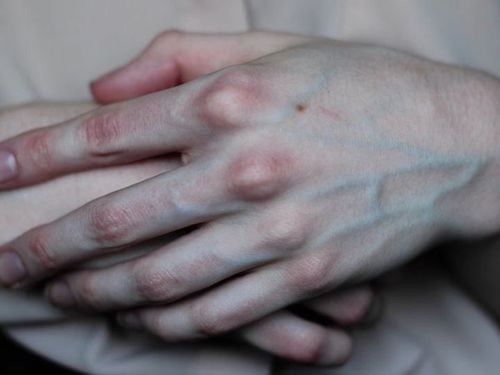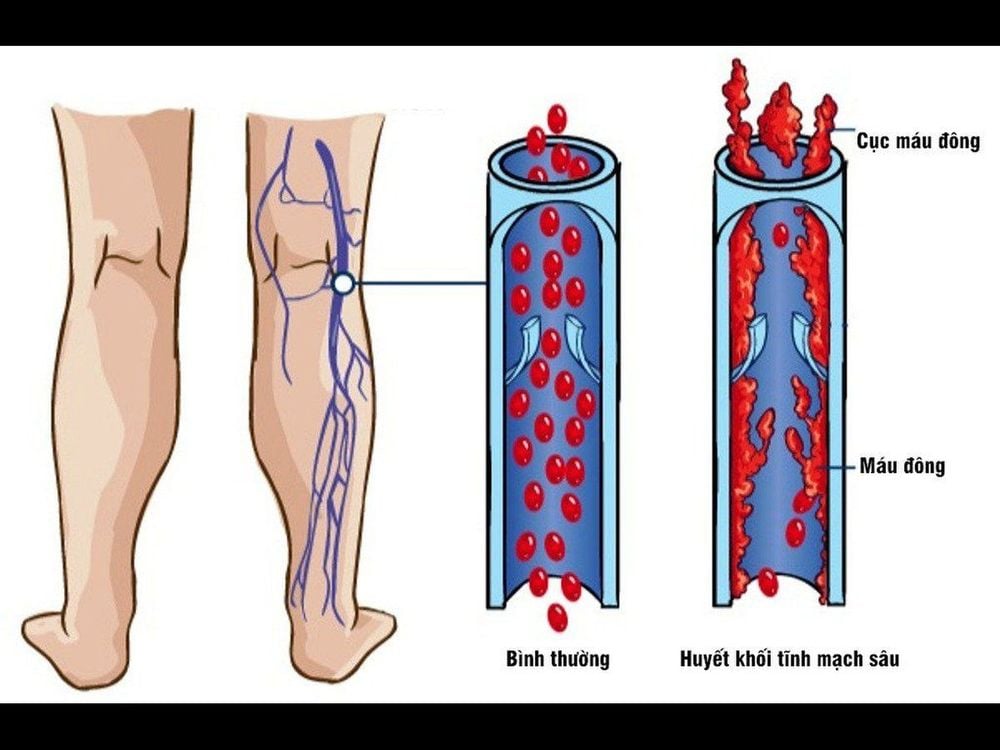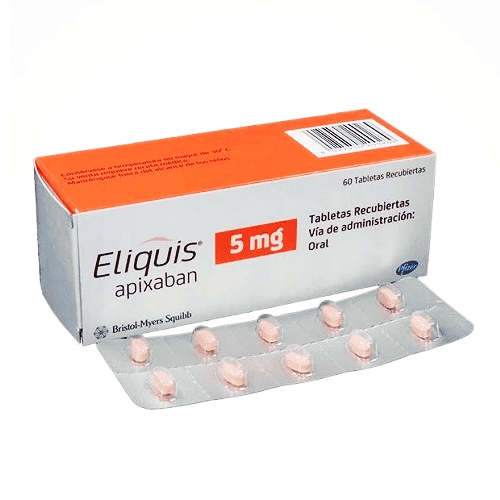For most people, swollen blood vessels in the hands are normal and only affect appearance. However, for some, swollen veins may indicate a more serious problem. Let’s explore what causes swelling of blood vessels in the hand and whether it is dangerous.

1. Causes of swollen blood vessels in the hand
You may notice that veins in your hands have recently become more visible, larger, or even swollen. Visible hand veins are typically normal—at least in most cases. Their function is simply to return blood from the hands to the heart. Veins may appear more or less prominent depending on the person. Certain factors can make veins more visible, including hot weather, exercise, tight clothing, and sun damage. In most cases, their appearance is a cosmetic issue or linked to medical conditions such as vascular diseases.
Here are some causes of this condition:
- Aging: As we age, the skin becomes thinner and less elastic, making it harder to conceal veins beneath the skin. This can make swollen veins more noticeable.
- Low body fat: While many aim to reduce body fat for aesthetic reasons, it can also lead to changes in appearance. With less fat to cushion and cover the veins, they may appear more prominent on the skin’s surface—not just on the hands, but also on the arms, abdomen, and other areas.
- Hot weather: Heat can cause veins to expand. This dilation increases pressure on the vein walls and may lead to pain or muscle cramps. Blood pooling under the skin in hot weather can cause swollen veins, appearing as blue, rope-like veins on the hands.
- Genetics: If others in your family have similar vein patterns on their hands, it may simply be hereditary. In such cases, the veins are not a health concern, though cosmetic treatments are available to reduce their appearance.
- Varicose veins: Varicose veins occur when blood vessels are not functioning properly. Spider veins and varicose veins can develop anywhere in the body where blood flow is disrupted or vein walls are damaged, including the hands. In this case, it may indicate a health problem, and you should seek advice from a vascular surgeon.
- Exercise: During exercise, blood pressure increases, pushing veins closer to the skin. Once blood pressure returns to normal, the veins become less visible. However, regular exercise, especially strength training, can make hand veins permanently prominent.
- Superficial thrombophlebitis: Veins may swell near the skin’s surface due to superficial thrombophlebitis, an inflammation of the veins. While usually not dangerous, it can be painful and may be linked to health issues like autoimmune disorders, infections, or trauma. Blood clots can also be a cause, especially after prolonged IV use.
- Phlebitis: Infections, injuries, or autoimmune diseases can cause vein inflammation, leading to swollen veins.
- Deep vein thrombosis (DVT): Swollen hand veins may result from a blood clot deep in the veins of the arm.
- Other causes: Sleeping on your arm, frequently wearing tight sleeves, hormonal changes in pregnancy or menopause, and an unbalanced diet—lacking fiber, vitamins C and E, or sufficient water intake—can also affect vein health.
2. Treatment for swollen blood vessels in the hands
Thanks to modern technology, treating swollen veins has become easier. The treatment method depends on the cause of the condition. Once a doctor provides an accurate diagnosis, treatment can begin.
In most cases, treating swollen veins in the hands is more about aesthetics than health. The cosmetic treatments are similar to those used for varicose veins:
- Sclerotherapy: This minimally invasive procedure involves injecting a saline solution or chemical agent called a "sclerosant" into the swollen vein. The vein hardens and disappears. This outpatient procedure does not require anesthesia, is low-cost, and involves minimal recovery time or risks. After the procedure, you may need to wear compression gloves for a few weeks.
- Endovenous laser ablation therapy (laser treatment): Suitable for smaller veins, this procedure uses radio waves or amplified light to close the vein.
- Emergency vein removal: This minimally invasive treatment removes veins through small incisions. You will need to consult a vascular surgeon for this minor surgical procedure.
- Vein stripping and ligation: This involves closing off veins that supply blood to the target vein. While you are under general anesthesia, the surgeon will cut, tie off, and remove the vein. Once the target vein is closed, blood automatically reroutes. The closed veins eventually fade away.
- If your swollen veins indicate a more serious condition, specific medical treatments will be provided
- Phlebitis (vein inflammation): Your doctor will likely prescribe anti-inflammatory medication, antibiotics, warm compresses, and arm elevation (or a combination of these).
- Superficial thrombophlebitis: Doctors may not prescribe medication, as blood clots near the skin often dissolve naturally within two weeks. If there is swelling, over-the-counter or prescription medication may be recommended to reduce it. Treatment is otherwise similar to phlebitis.
- Deep vein thrombosis (DVT): Your doctor may prescribe anticoagulant medication. If blood thinners are ineffective or you have severe DVT, thrombolysis treatment (also known as "clot-busting therapy") may be required.
- Vein stripping and reconnection: This method is used for larger swollen veins. Removing affected veins does not cause significant problems, as other veins can take over their function. Compression stockings can also be used to support blood vessels and counteract the pressure on vein walls caused by blood flow.
- If hand varicose veins have led to complications, other treatments may be used. Patients with phlebitis may be treated with antibiotics, anti-inflammatory medications, and warm compresses. Those with blood clots may use pain relievers, warm compresses, or be prescribed anticoagulants.
- Currently, dietary supplements can be used alongside the treatment process. For varicose veins near the skin, patients may also use topical creams.

3. Preventing swollen blood vessels in the hands
To prevent swollen blood vessels in the hands, keep the following in mind:
- Exercise regularly and in moderation, focusing on full-body workouts to avoid imbalances;
- Wear loose-fitting clothing and avoid sleeping on your hands;
- Schedule regular health check-ups;
- Include foods like avocados, beets, asparagus, cherries, apples, buckwheat, and other rutin-rich foods in your diet to reduce inflammation, provide antioxidants, and prevent blood clots.
In summary, visible veins may result from factors such as hot weather, exercise, tight clothing, and sun damage. In most cases, they are a cosmetic issue or related to medical conditions like vascular diseases. Therefore, you should see a doctor if swollen veins in your hands persist for a long time or are accompanied by other unusual symptoms.
To arrange an appointment, please call HOTLINE or make your reservation directly HERE. You may also download the MyVinmec app to schedule appointments faster and manage your reservations more conveniently.
References: veinreliever.com, varicoseveins.or, healthline.com
To arrange an appointment, please call HOTLINE or make your reservation directly HERE. You may also download the MyVinmec app to schedule appointments faster and manage your reservations more conveniently.








